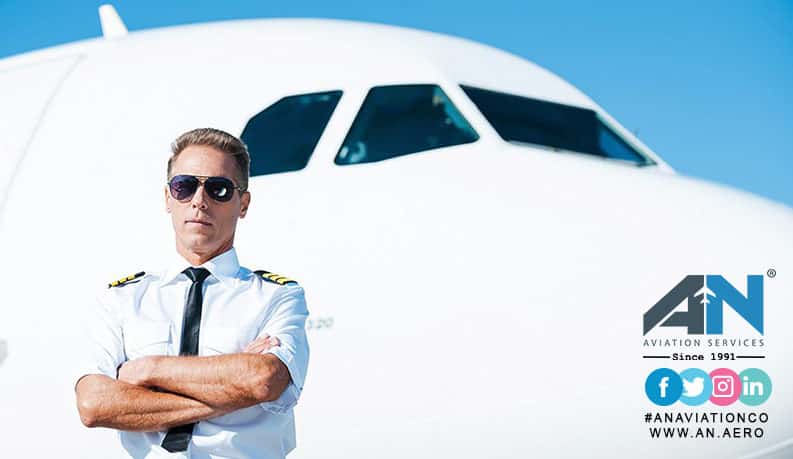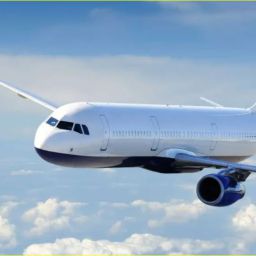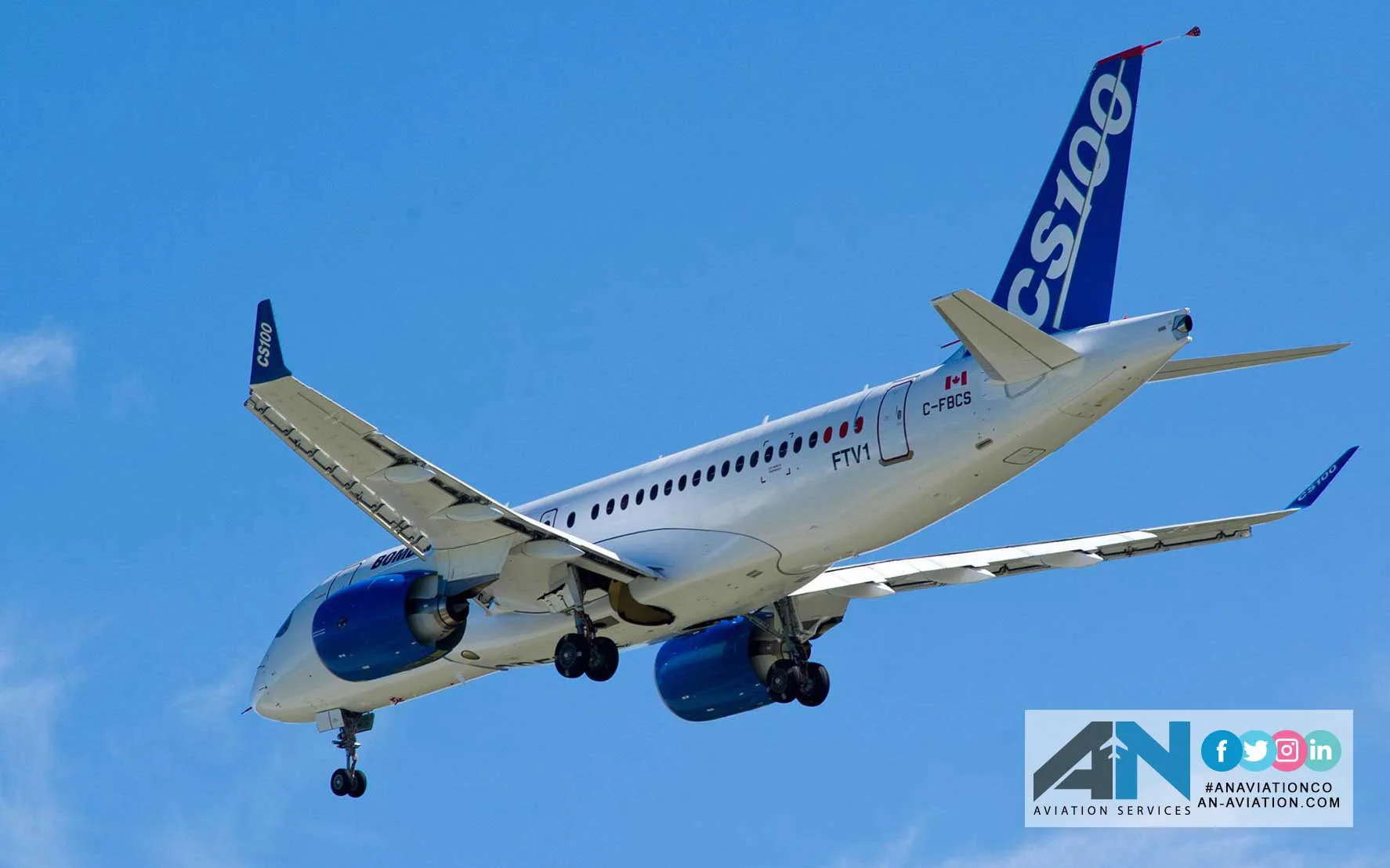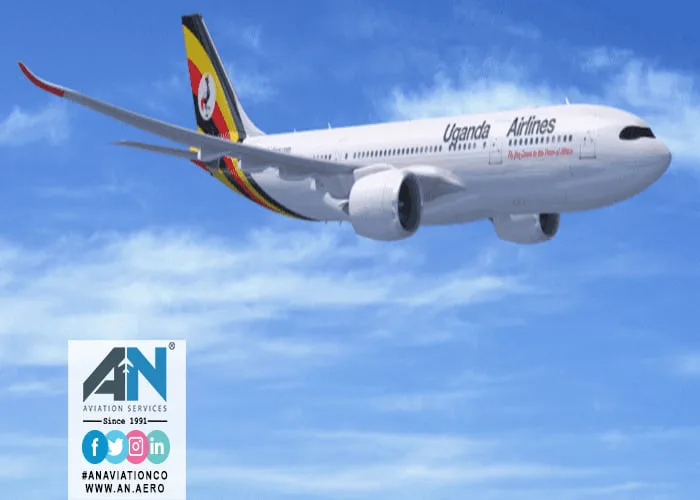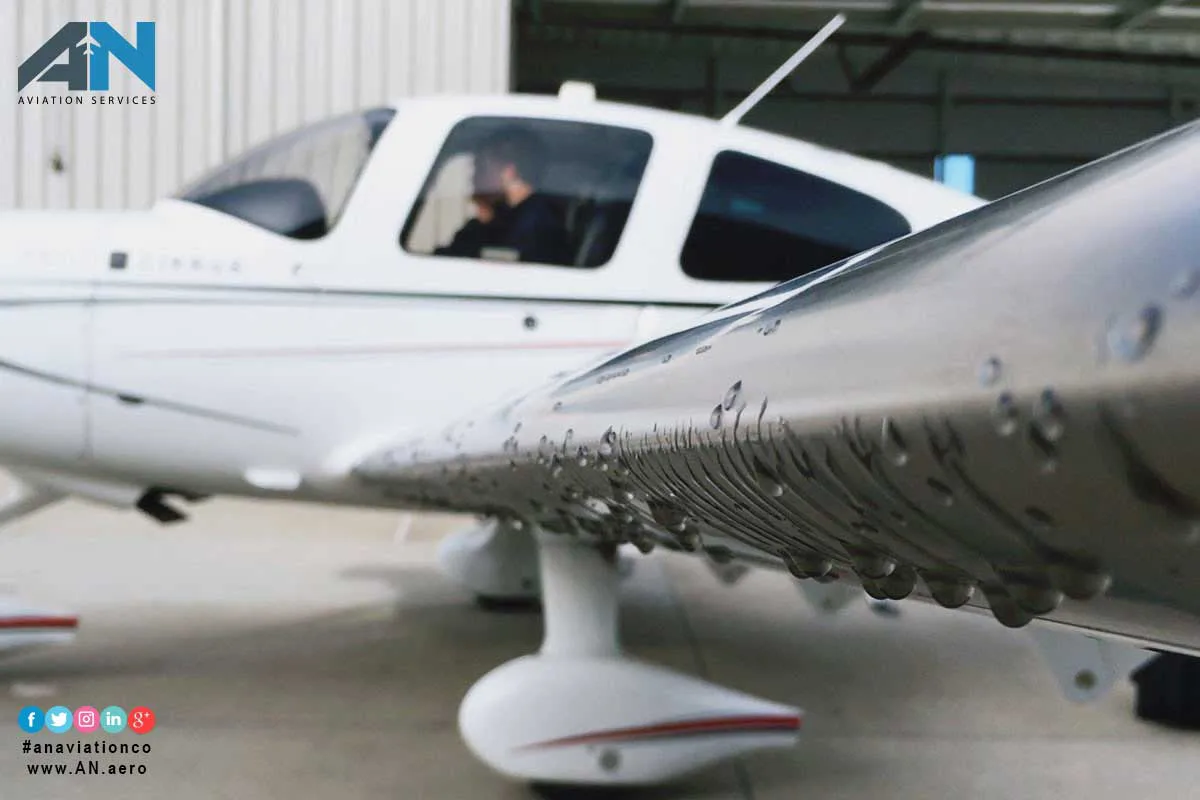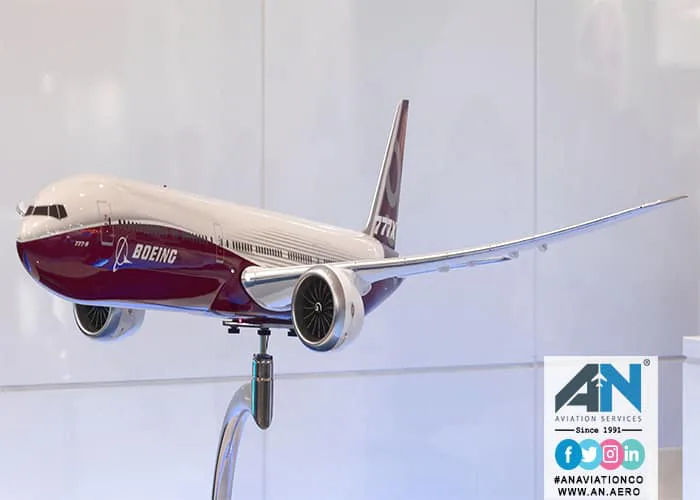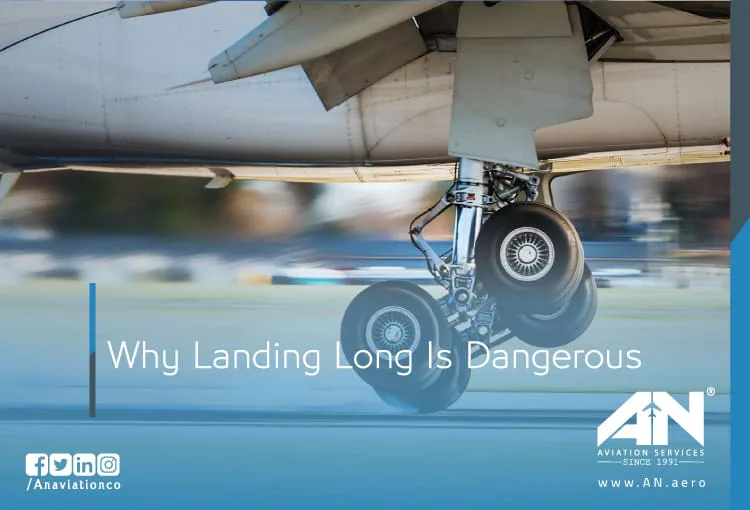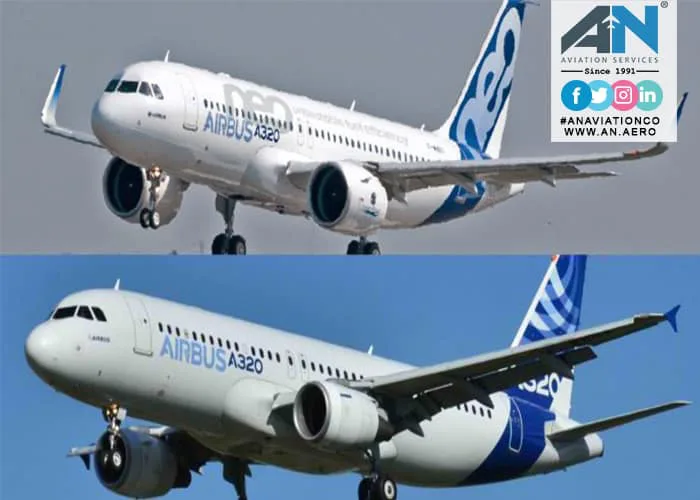
The Airbus A320 family has been a cornerstone of modern aviation since its debut in the late 1980s. Known for its reliability, efficiency, and versatility, the A320 has become one of the most successful aircraft in history, trusted by airlines worldwide. In 2016, Airbus introduced the A320neo, a next-generation version of the original A320, promising enhanced performance and sustainability.
But what exactly sets the A320neo apart from its predecessor? Is it just an updated version of the classic A320, or does it represent a revolutionary leap in aviation technology? In this blog, we’ll explore the key differences between the Airbus A320 and the Airbus A320neo, helping you understand how these two aircraft compare and what they bring to the skies.
A Brief Overview of the Airbus A320
The Airbus A320 is part of a family of narrow-body aircraft designed for short- to medium-haul flights. It first entered service in 1988 and quickly gained popularity among airlines for its fuel efficiency, spacious cabin, and advanced fly-by-wire technology. The A320 family includes several variants, such as the A319, A321, and the larger A321XLR, each catering to different passenger capacities and range requirements.
The original A320 set new standards for the aviation industry, becoming a preferred choice for airlines operating domestic and regional routes. Its combination of performance, comfort, and cost-effectiveness has kept it competitive for over three decades.
The Introduction of the Airbus A320neo
The A320neo—short for “New Engine Option”—was Airbus’s answer to evolving industry demands for greater efficiency and reduced environmental impact. While the A320neo retains the core design and functionality of the original A320, it introduces several significant upgrades, making it one of the most advanced narrow-body aircraft on the market.
The A320neo was designed to meet the challenges of rising fuel costs and stricter environmental regulations, all while improving operational performance. These changes make it an attractive choice for airlines looking to modernize their fleets.
Key Differences Between the A320 and A320neo
While the A320 and A320neo share many similarities, there are several key differences that distinguish the two models.
1. Engines:
One of the most significant upgrades in the A320neo is its new engine technology. The A320neo is equipped with next-generation engines, such as the CFM International LEAP-1A or the Pratt & Whitney PW1100G-JM, both of which offer significant improvements in fuel efficiency and noise reduction.
In comparison, the original Airbus A320 uses older engine models like the CFM56 or IAE V2500. While these engines are reliable and efficient, they cannot match the performance gains offered by the A320neo’s modern powerplants.
The advanced engines on the A320neo contribute to a 15-20% reduction in fuel consumption, making it a more economical and environmentally friendly option for airlines.
2. Fuel Efficiency and Range:
The A320neo’s improved fuel efficiency extends its operational range, allowing airlines to operate longer routes without the need for additional fuel stops. This makes the A320neo ideal for airlines looking to expand their networks or serve longer-haul markets.
While the original A320 is still efficient by today’s standards, the neo’s fuel savings make it more attractive for carriers aiming to reduce operating costs and carbon emissions.
3. Cabin Comfort:
Both the A320 and A320neo feature Airbus’s signature cabin design, known for its spacious interior and wide seats. However, the A320neo takes passenger comfort to the next level with its improved Airspace cabin. The Airspace cabin offers larger overhead storage bins, better lighting, and improved ventilation, enhancing the overall passenger experience.
For airlines, these upgrades provide an opportunity to offer a more competitive product, particularly on high-demand routes.
4. Noise Reduction:
The Airbus A320neo is significantly quieter than its predecessor, thanks to its advanced engine technology. Noise reduction is not just a benefit for passengers; it also helps airlines comply with strict noise regulations at major airports, especially in urban areas.
The A320neo’s quieter operation has made it a preferred choice for airlines operating in noise-sensitive regions, where minimizing disruption to surrounding communities is a priority.
5. Operational Costs:
While both aircraft are cost-effective to operate, the A320neo offers lower maintenance and fuel costs, making it a more economical choice for airlines in the long term. These savings are particularly important in an industry where profit margins are often tight.
Why Airlines Choose the A320neo?
The Airbus A320neo has become a favorite among airlines for its ability to deliver high performance while reducing environmental impact. With lower fuel consumption, extended range, and reduced noise, the A320neo aligns with the aviation industry’s push for sustainability.
In addition, the A320neo’s compatibility with the existing A320 infrastructure allows airlines to transition to the new model without significant retraining or reconfiguration costs. This makes it an attractive option for carriers looking to modernize their fleets without disrupting operations.
Is There Still a Place for the A320?
Despite the A320neo’s advancements, the original Airbus A320 remains a valuable asset for many airlines. Its reliability and proven track record make it a solid choice for carriers operating shorter routes or seeking cost-effective options for less demanding markets.
In fact, many airlines continue to operate mixed fleets, using the original A320 for certain routes while deploying the A320neo on longer or more competitive flights. This strategy allows airlines to maximize the strengths of both models.
Conclusion
The Airbus A320 and A320neo are both remarkable aircraft, each offering unique advantages for airlines. While the A320 has earned its place as a workhorse of the skies, the A320neo represents the future of aviation, combining advanced technology with a focus on sustainability and efficiency.
For airlines, the choice between the two often comes down to operational needs and market demands. Whether it’s the proven reliability of the A320 or the cutting-edge innovation of the A320neo, both models continue to play a vital role in connecting people and goods around the world.
As aviation evolves, the legacy of the Airbus A320 family shows no signs of slowing down, proving that innovation and excellence are timeless qualities in the world of flight.



